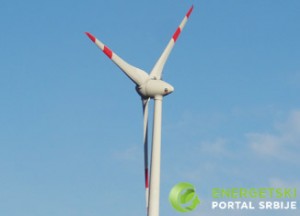
Banks Renewables has secured £210m in finance to support the construction of three UK wind farms totalling 151MW.
The UK outfit worked with lenders Macquarie Infrastructure Debt Investment Solutions, Santander, ING, National Australia Bank and Rabobank to seal the funding.
The projects are the 88MW Kype Muir and 51MW Middle Muir projects in South Lanarkshire and the 12MW Moor House wind farm near Darlington in northeast England.
All three projects will feature Senvion hardware. Kype Muir will consist of 26 3.4M104 machines, Middle Muir will comprise 15 3.4M114 turbines and Moor House will feature six MM100 units.
Kype Muir is expected to come online at the start of 2019, Middle Muir is scheduled to go live in 2018 and Moor House, where preparatory work has already started, will be commissioned in early 2018.
Banks said about 250 jobs will be created during construction of the wind farms, which were all successful in the UK government’s first competitive Contracts for Difference programme.
A long-term power purchase agreement has been also been signed between Banks and Dong Energy for the electricity generated by all three projects.
Balance of plant contracts have been agreed with Scottish civil engineering contractor RJ McLeod for the Kype Muir and Middle Muir construction works, and with County Durham-based Hall Construction for Moor House.
KPMG and law firms Ashurst and Brodies advised Banks Renewables on the deal, while the lenders were advised by Norton Rose Fulbright and Burness Paull.
Banks Renewables managing director Richard Dunkley said: “This investment package is a real expression of confidence in both Banks Renewables and the wider UK onshore wind sector, and it’s exciting to now be accelerating the process of taking these three wind farms forward.”
Source: renews.biz


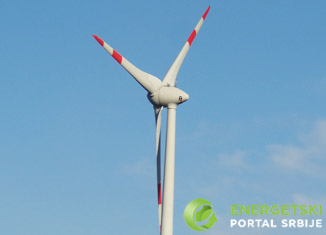
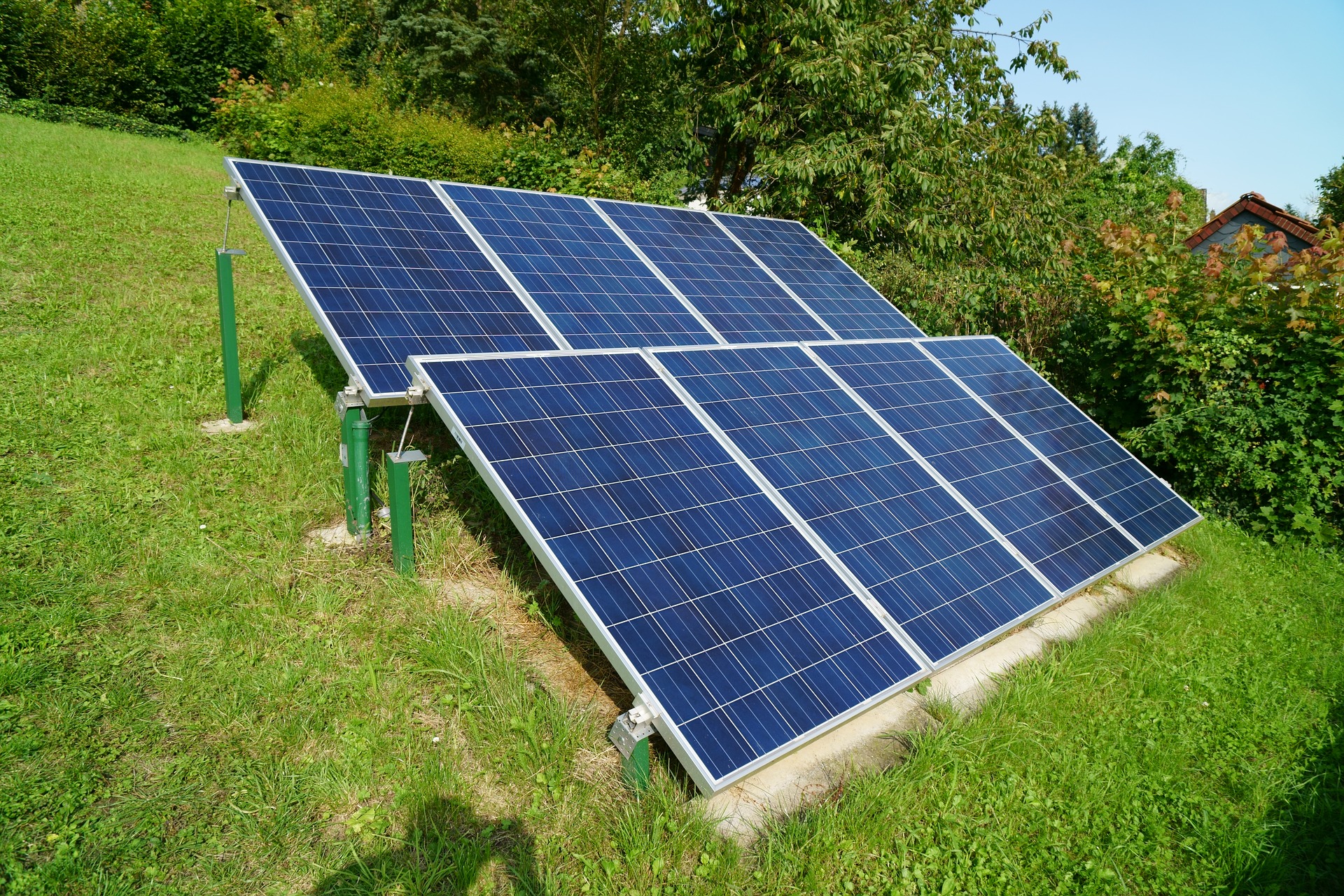

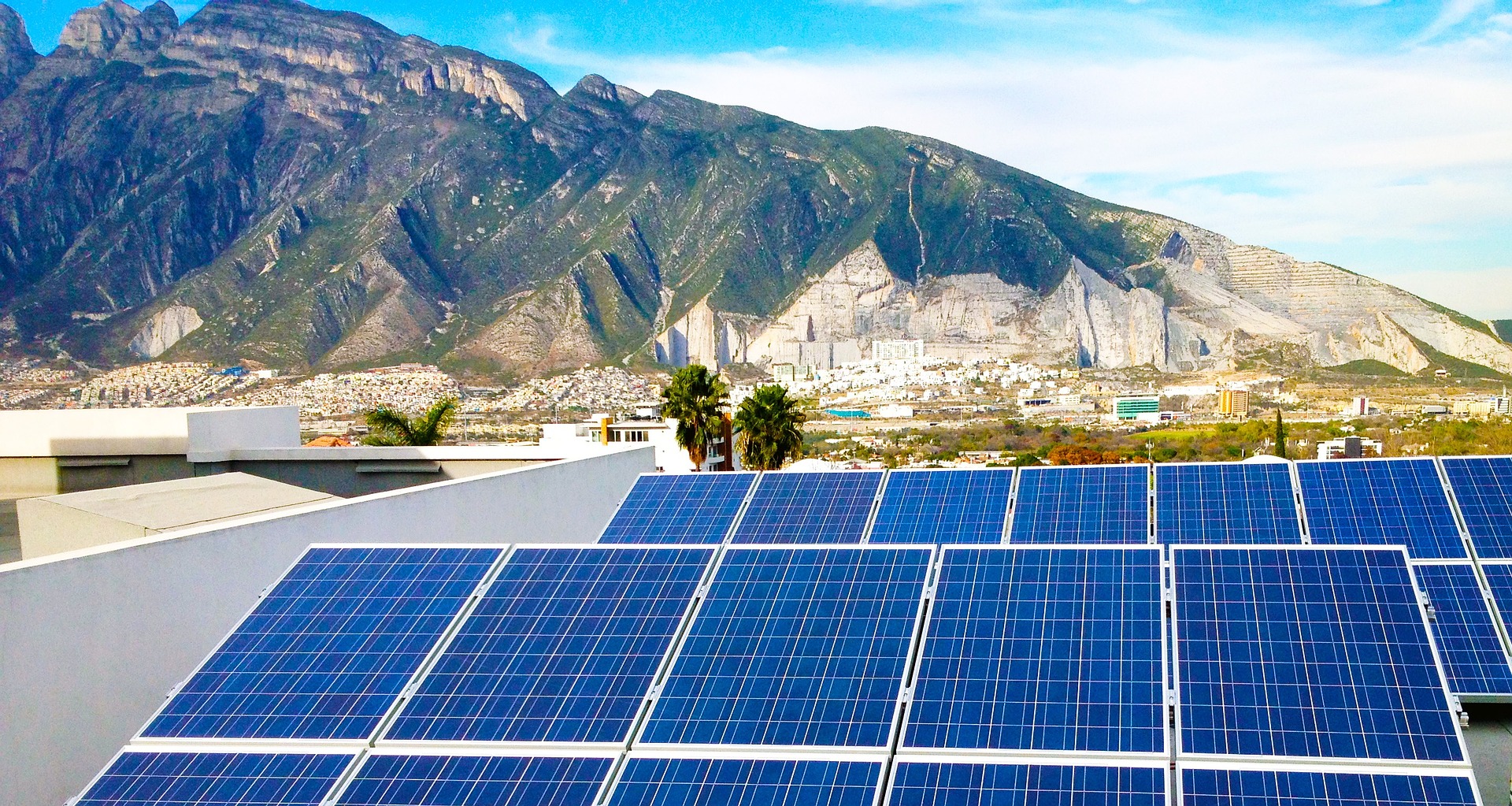
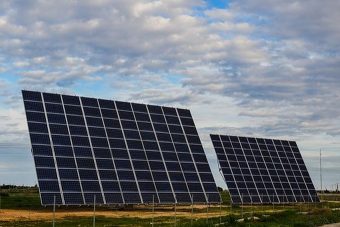

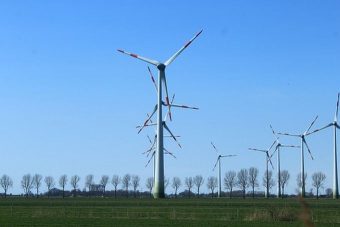





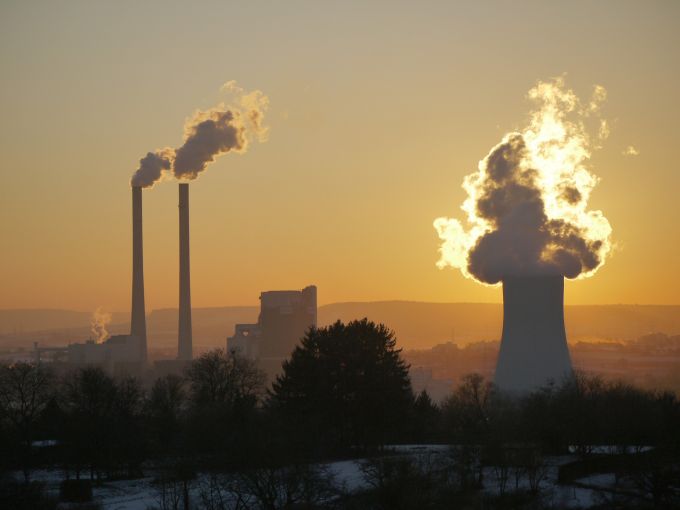
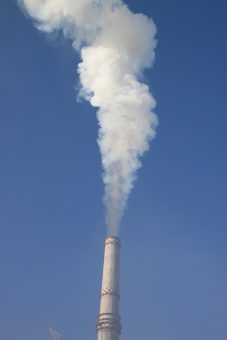




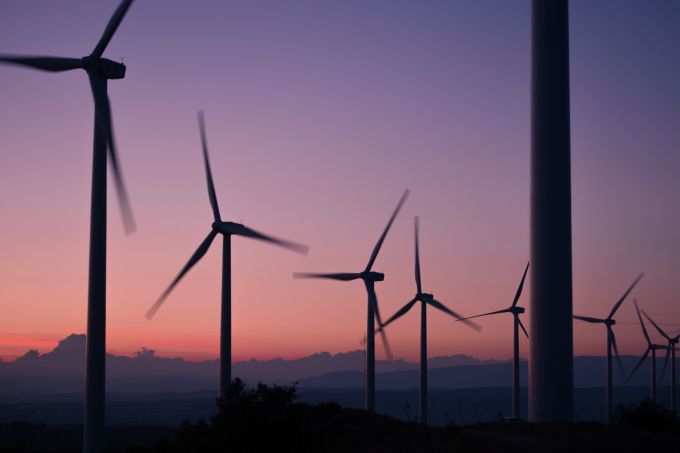
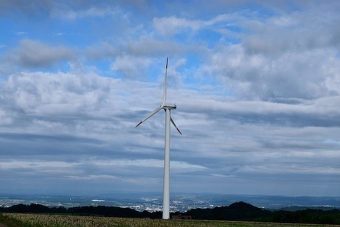


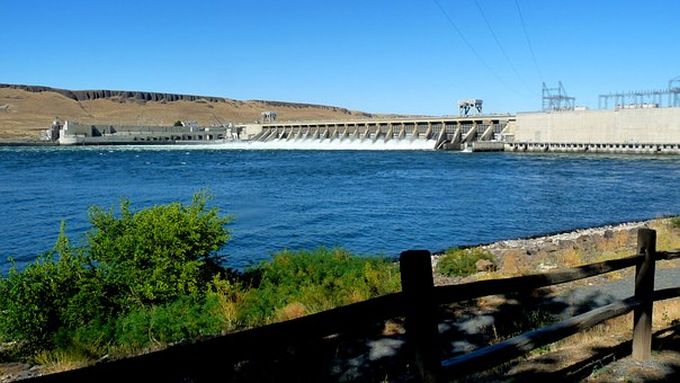
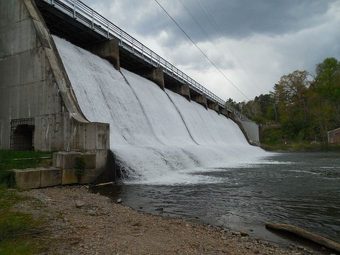
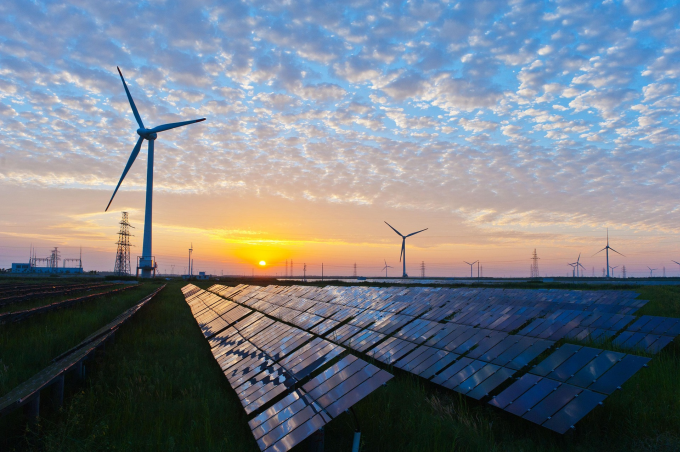
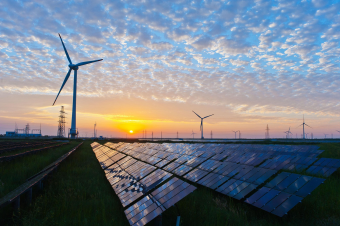
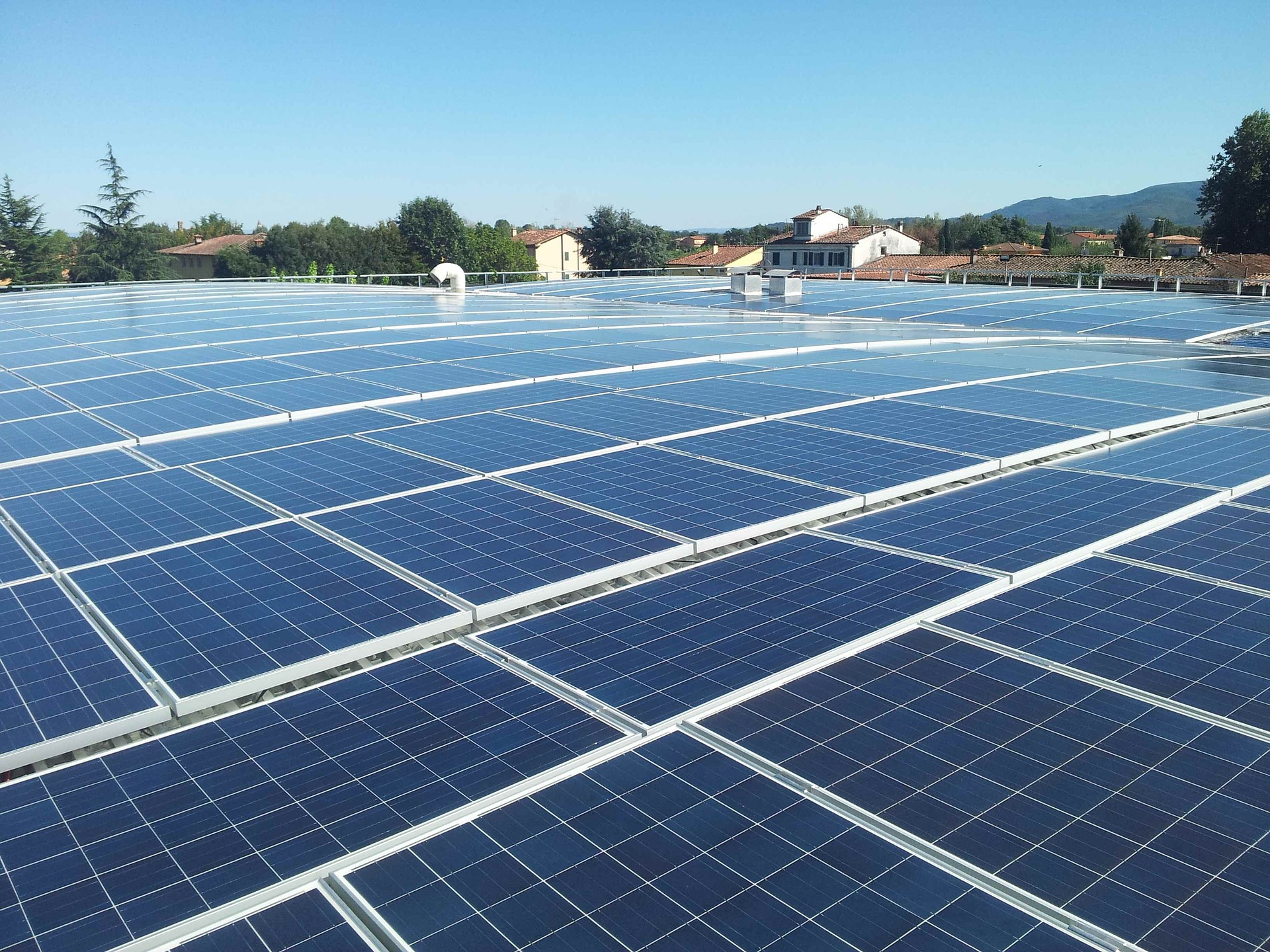
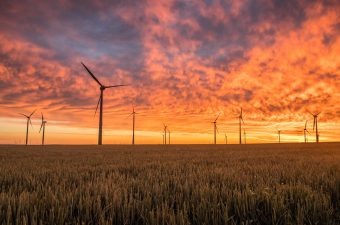
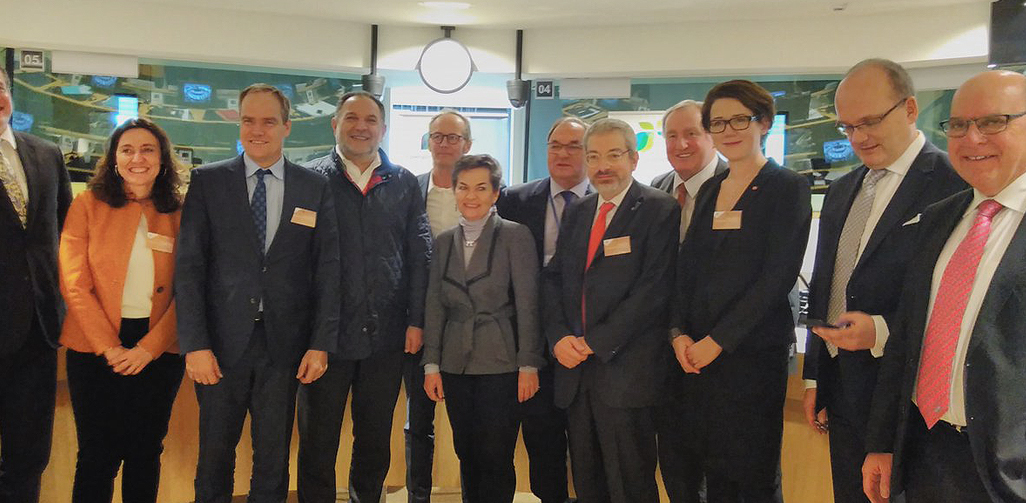
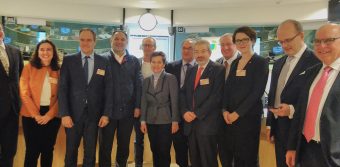 The Covenant of Mayors for Climate and Energy entered a new phase in its history with the launch of the European Covenant of Mayors Board, reaffirming the initiative as a unique political movement steered by mayors.
The Covenant of Mayors for Climate and Energy entered a new phase in its history with the launch of the European Covenant of Mayors Board, reaffirming the initiative as a unique political movement steered by mayors.